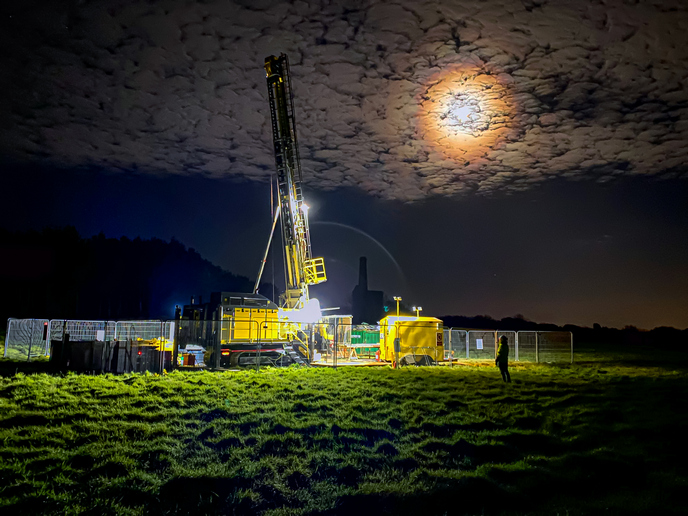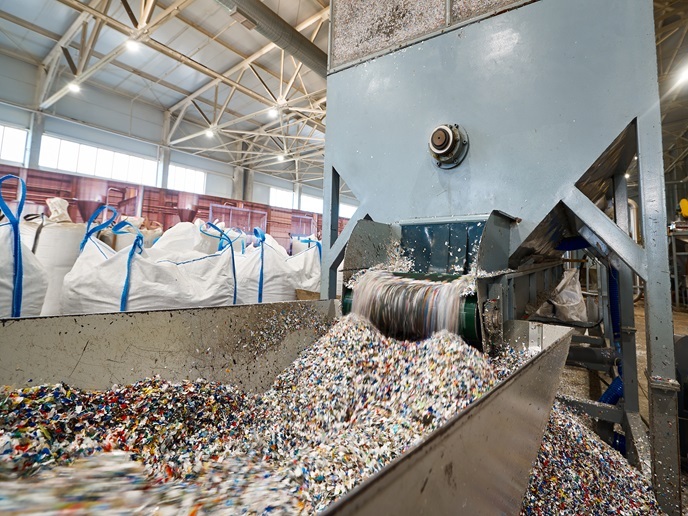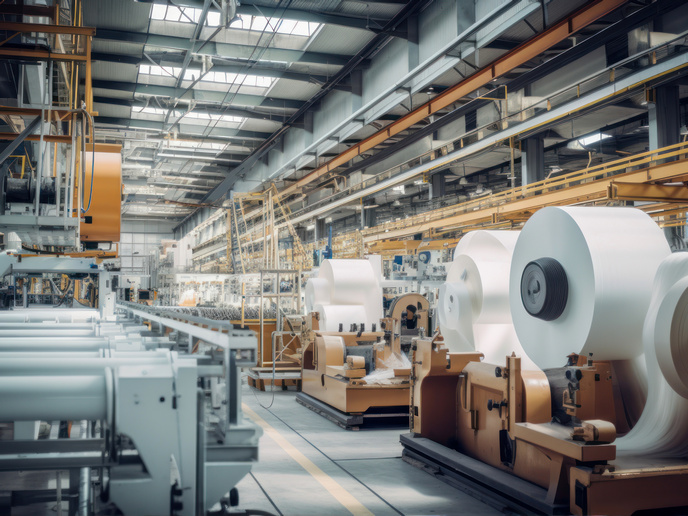Extraction of critical raw materials valorises geothermal brines
Certain raw materials – due to their economic importance and supply risk – have been designated as critical raw materials (CRMs)(opens in new window). Some of these materials are present in geothermal fluids, and preliminary studies have shown that even a single well has the potential to produce considerable quantities of certain CRM for key industry sectors. Developing this untapped resource presents challenges. Promising locations must be identified and characterised with respect to CRM potential, and effective extraction technologies must be developed. The EU-funded CRM-geothermal(opens in new window) project is working to address these challenges.
Locating promising geothermal brines
The project aims to establish an overview of CRMs in geothermal brines. “To find out which geothermal fluids could be of economic interest for CRM co-production, we mapped a wide range of these materials in geothermal wells in Europe and the East African rift. We have noted a significant amount of lithium, strontium, boron, and helium in geothermal fluids,” shares project coordinator Simona Regenspurg. Test sites include Cornwall (UK), Northern Germany, Iceland, Kenya and Turkey. In Cornwall, geothermal brines are enriched with lithium and helium. The North German Basin fluids have rich concentrations of lithium and strontium. In the Icelandic sites, with temperatures up to 250 °C, the project investigates CRM enrichment in precipitates that form when the fluid is cooled during the power production process. Test sites in Turkey produce high volumes of geothermal fluids, making them useful for testing extraction methods. In addition, the alkaline geothermal fluids of East Africa are investigated for their rare earth elements(opens in new window) content.
Developing extraction technologies
Because every geothermal site is unique in terms of heat, pressure, fluid chemistry and the CRMs present, suitable extraction methods vary considerably. CRM-geothermal explored many approaches, including selective ion exchange, ion sieves, adsorption by crown-ethers, bioaccumulation and gas membrane extraction. For lithium extraction, CRM-geothermal has adapted existing techniques to meet their needs. Regenspurg explains: “For example, we use ion sieves which are components with special crystal structures where only the small Li+ ion can fit in. This ensures selectivity so that we avoid extraction of other dissolved elements, which is one of the main challenges when using geothermal brines.” Because there are so many factors to be considered, there is no one-size-fits-all solution to CRM extraction from geothermal brines. CRM-geothermal is working to develop an array of technologies suitable for different circumstances.
Economic assessments for CRM extraction
The project is exploring the benefits of a dual extraction process. Extracting heat provides a clean energy source while CRMs provide essential industrial materials. Material flow analysis (MFA) quantifies inputs and outputs of the extraction process, as well as informing the cost-benefit analysis of extraction. The combined extraction of heat and minerals has the potential to maximise returns on investment while also minimising environmental impact. The project is developing guidelines to apply the United Nations Framework Classification (UNFC)(opens in new window) for evaluating the geological, technological, socio-economic and environmental viability of combined extraction projects. CRM-geothermal will present the results of the CRM mapping in geothermal systems across Europe in an online CRM-Fluid Atlas to provide a clear picture of available CRM resources. By providing practical guidance for future project developers on suitable extraction technologies and the application of UNFC, CRM-geothermal is paving the way for the effective adoption of CRM extraction from geothermal brines.







